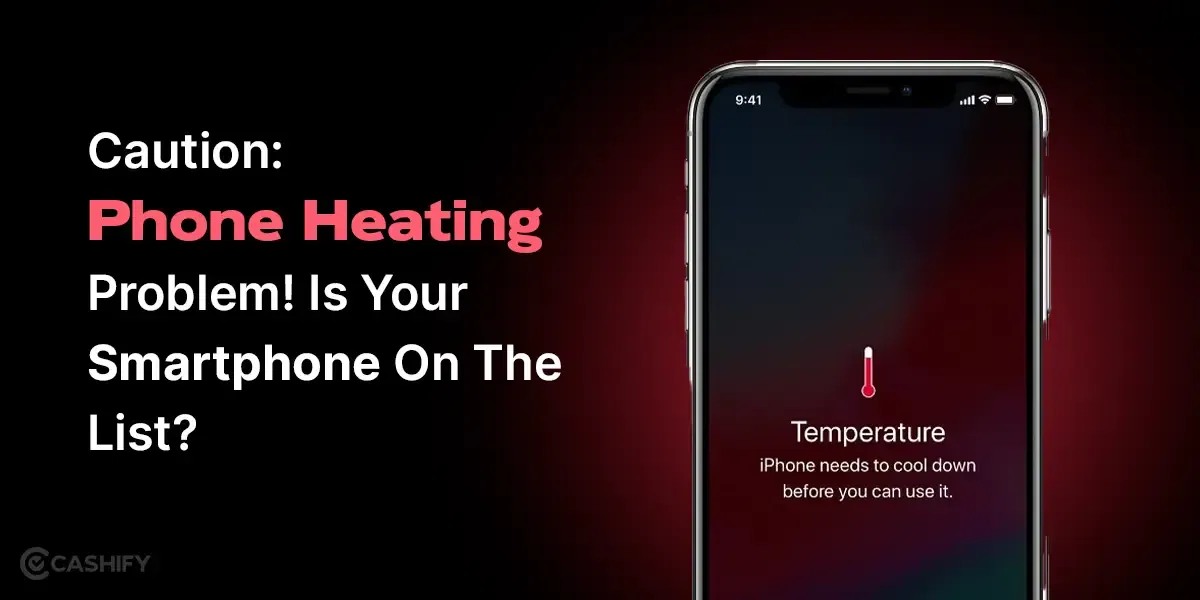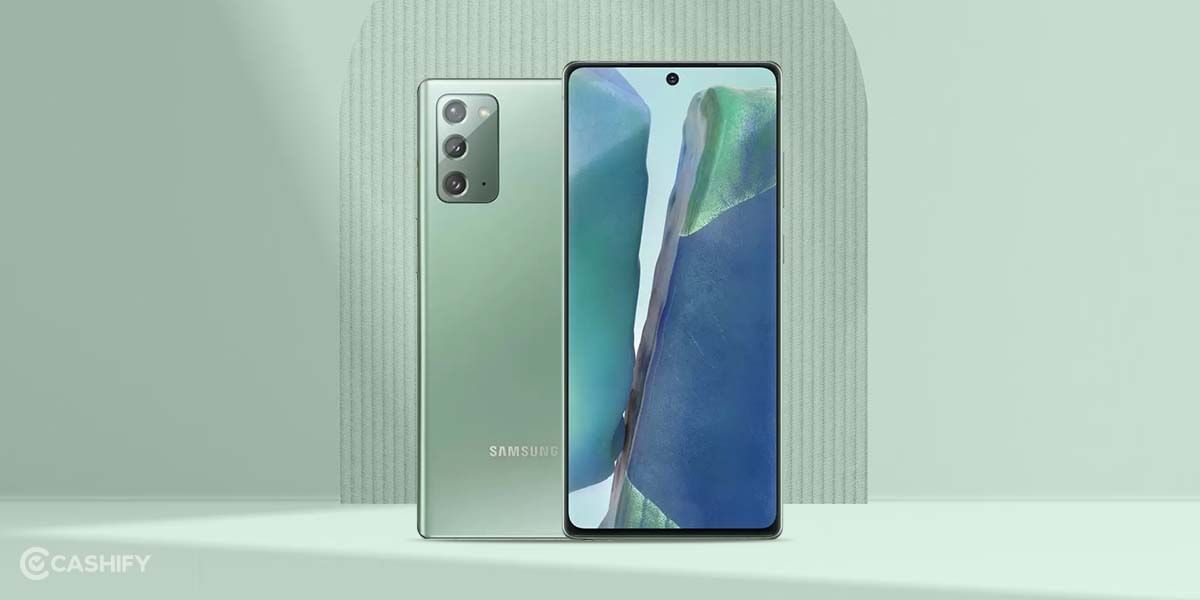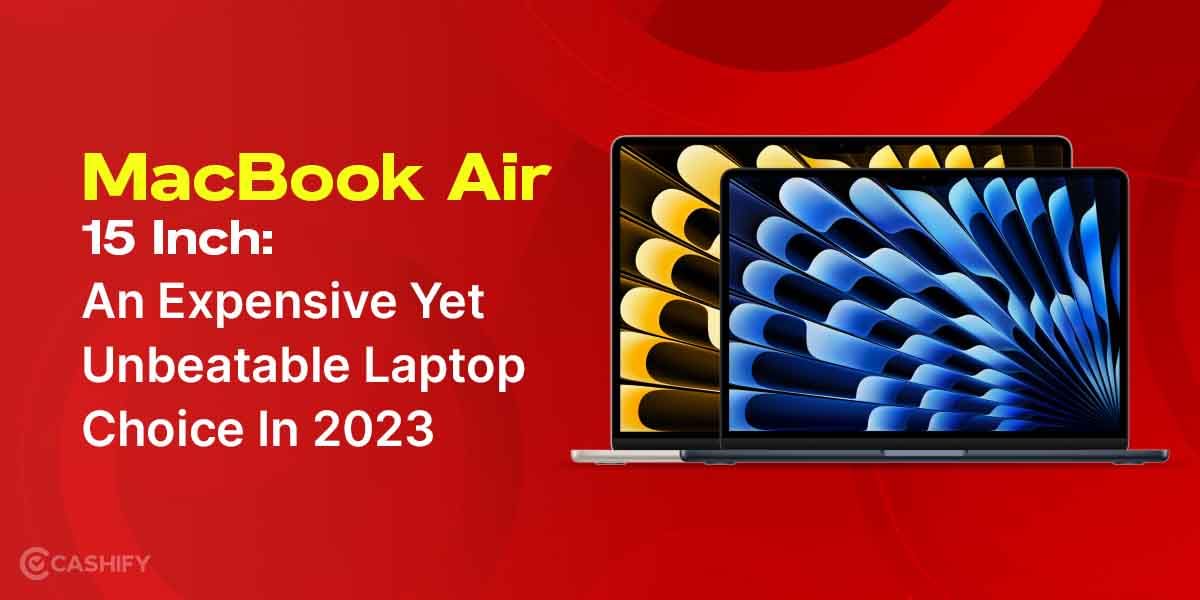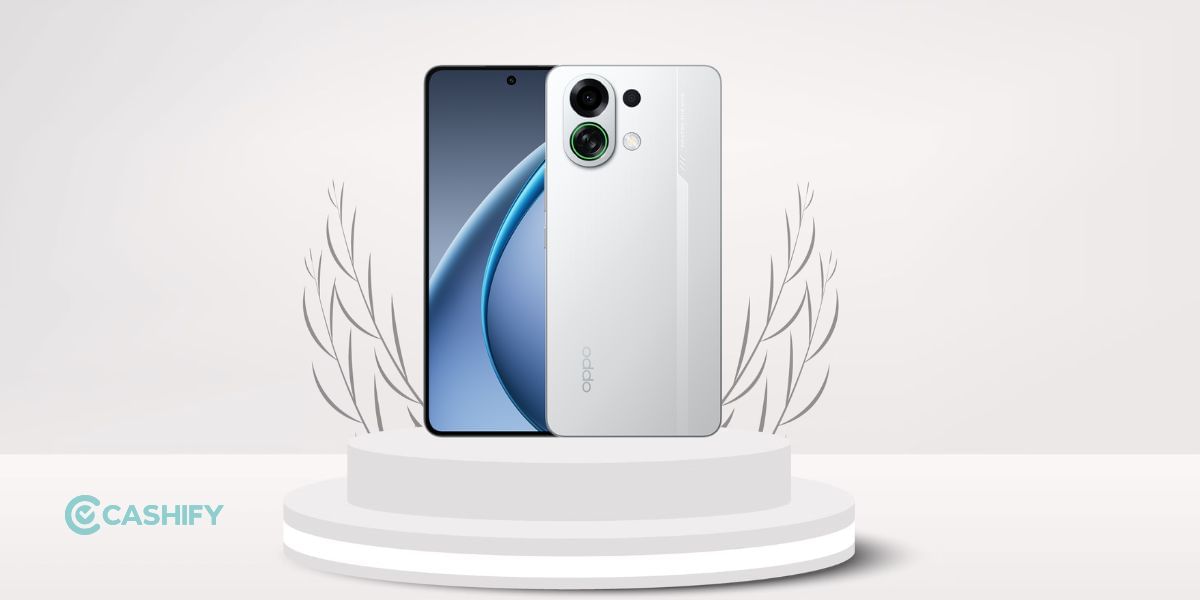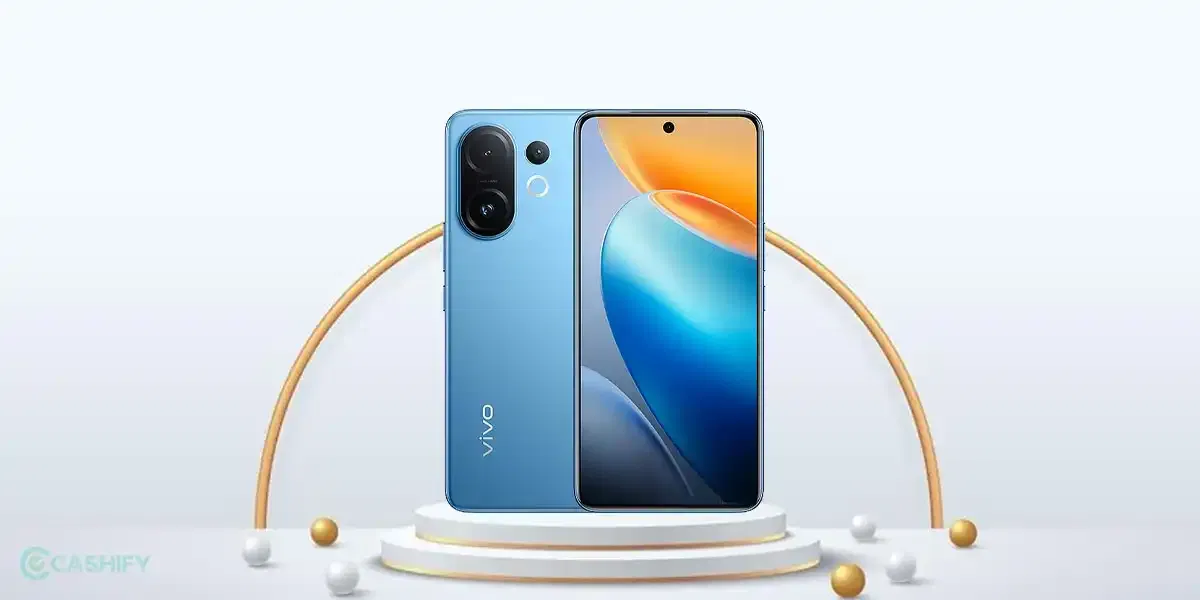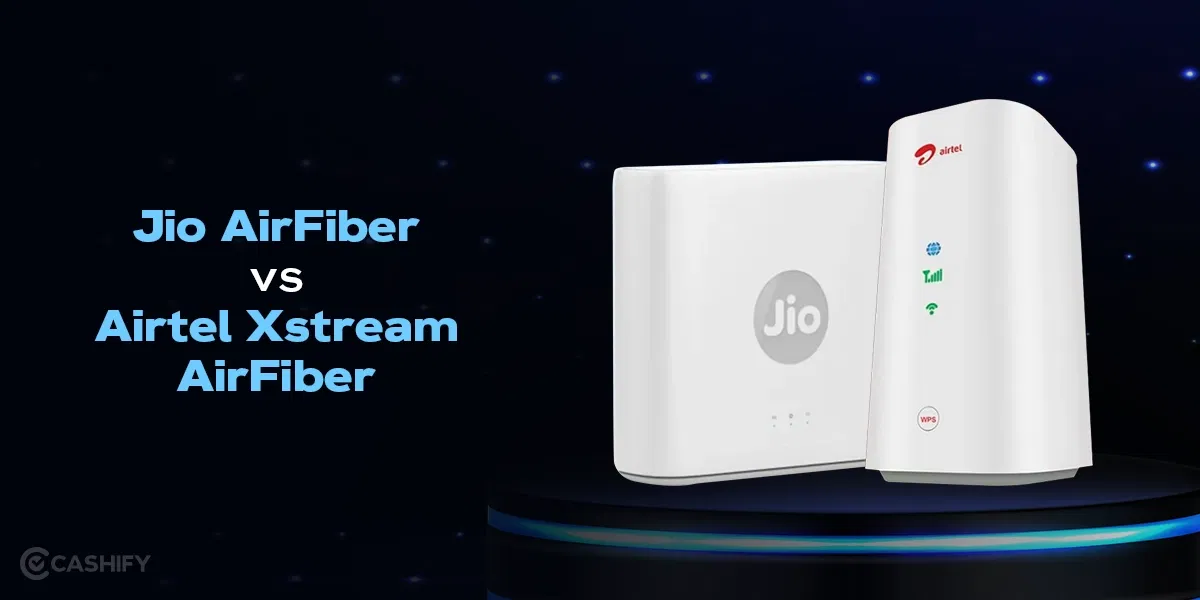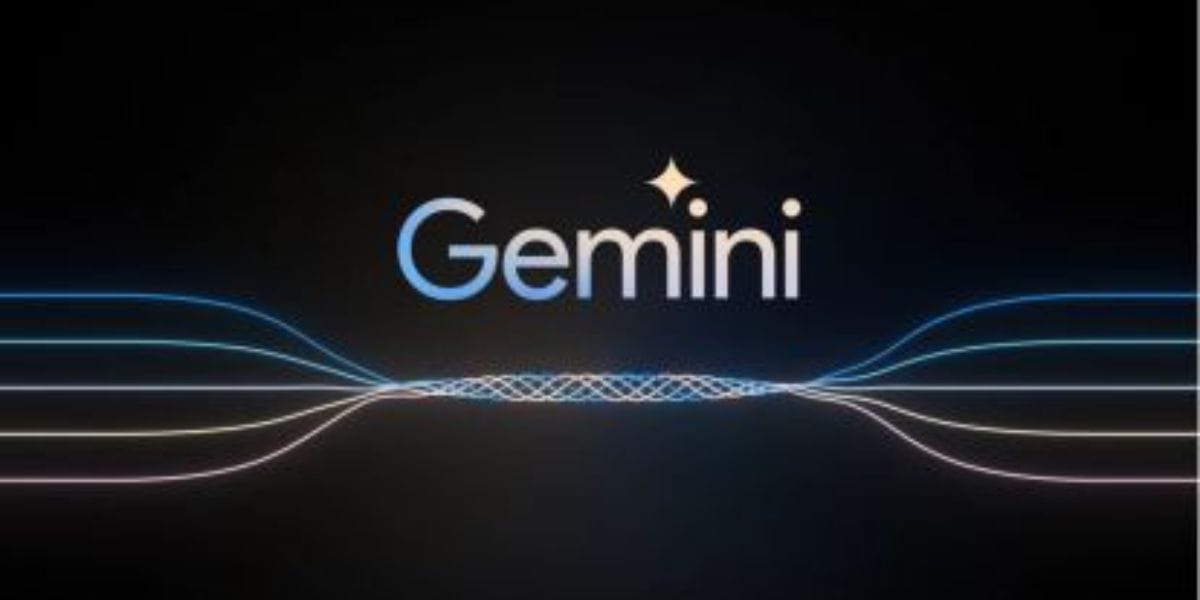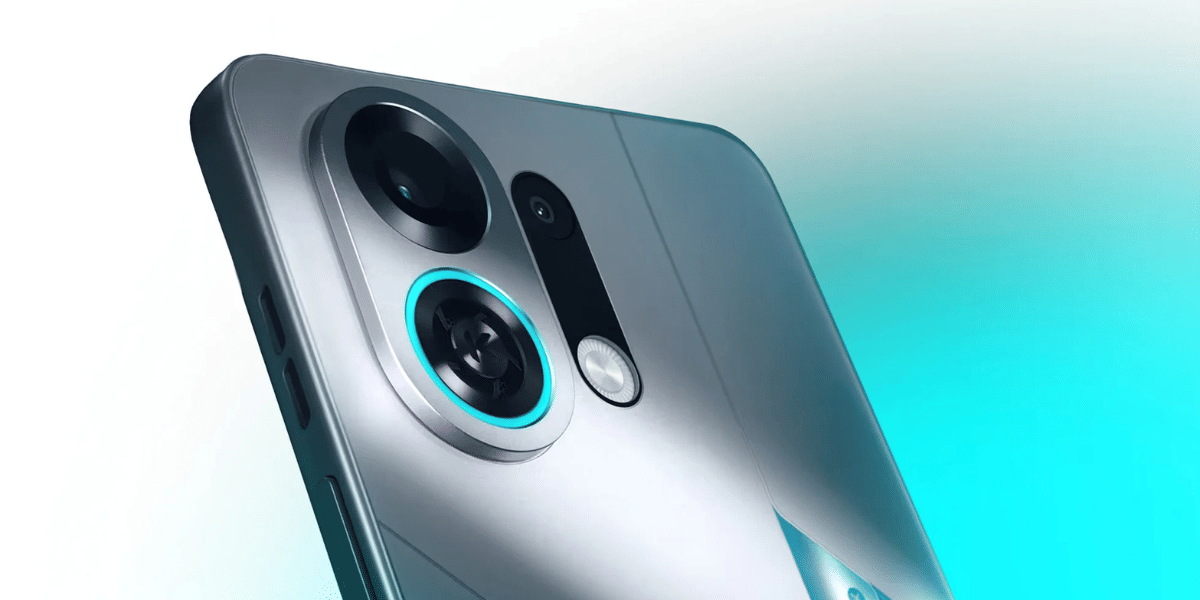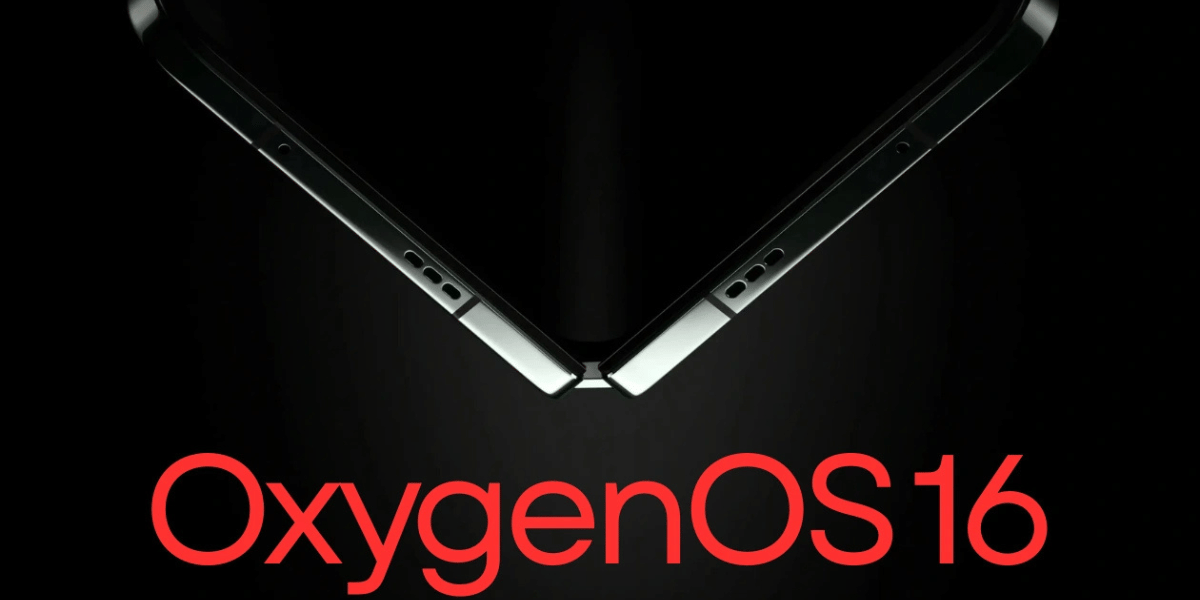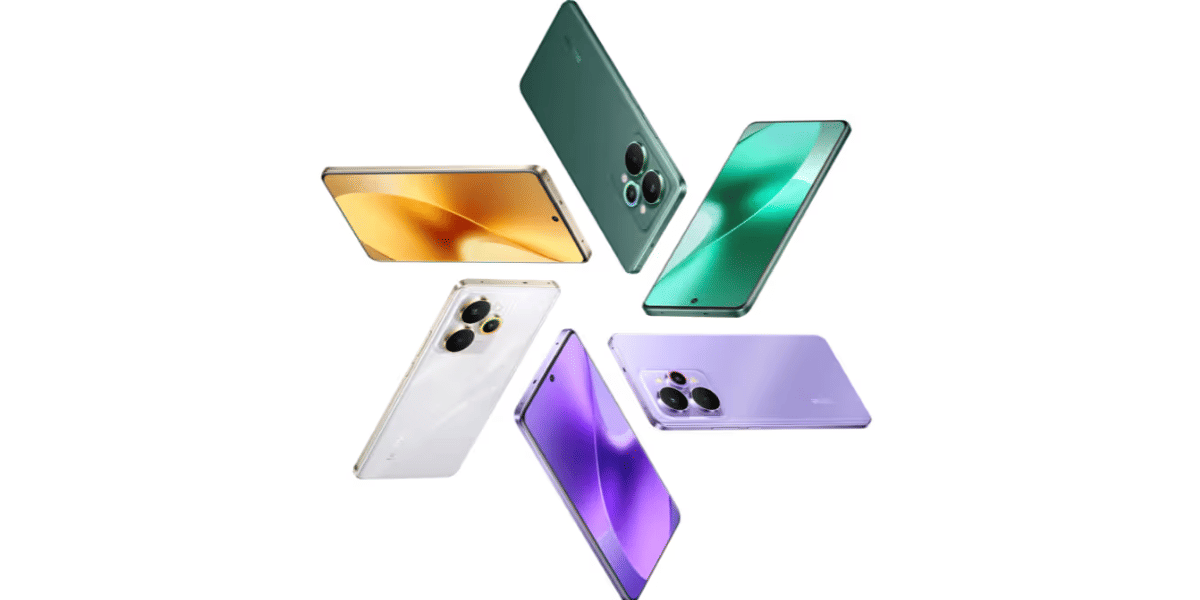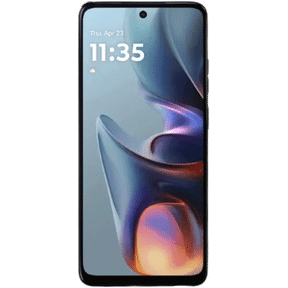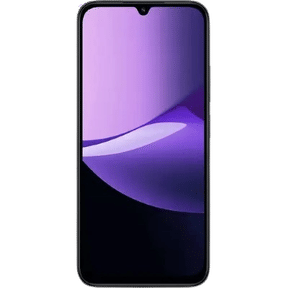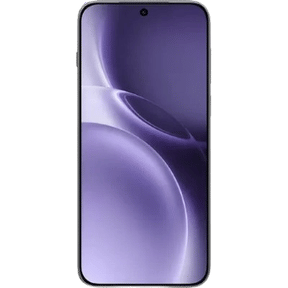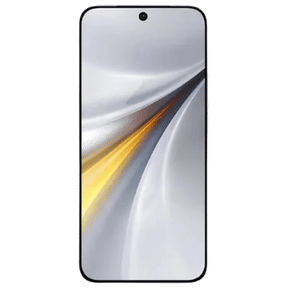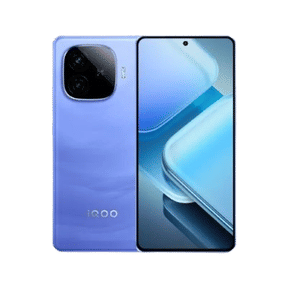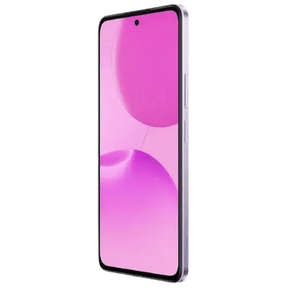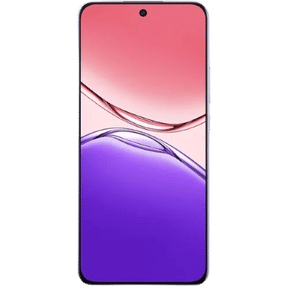From Samsung to the Bionic A17, the iPhone’s processor journey is quite mesmerising. Apple needs no introduction! The brand is well-known for its sleek products, proprietary technology, and cutting-edge, industry-leading product designs.Apple is known for using the best processor for mobile with cutting edge technologies like hardware level ray tracing support and ability to run console games.
Generally, most companies, like Samsung, HP, etc., outsource chip designing and other things. However, Apple prefers to keep things in-house whenever possible. And chips found in iPhones, iPads, and other iOS devices are no exception.
Also read: Apple iPhone 15 Price Varies In Different Countries: Check Now!
Companies like Microsoft, HTC, and Samsung rely on Qualcomm and Intel for their product chipsets. However, things at Apple are pretty different. Apple has a team of engineers that exclusively work for iOS devices (Apple’s proprietary designs).
Also read: Best Processor For Mobile Phone Ranking List
How did it start?
Designing their chipset started in 2008 when Apple bought a semiconductor company, PA Semi. However, technically, the thing is different. Apple started designing their chipset earlier than that. Before the Apple “A” series chipset was introduced, the company designed various SoCs in early iPhone and iPod touch versions. These were majorly manufactured by Samsung.
Also read: Top Alternatives For Apple iPhone 15 That Can Give You Best Deal At Similar Price
Since its inception, Apple has focused on its long-term vision for iPhone. They never tried to push products or features into the market as soon as possible. Therefore, designing and manufacturing their chipset is always within their goals. The reason is that they know no one will be able to supply them with the right chipset.
Also read: This iPhone 15 Pro Will Not Break Your Bank!
Therefore, they have done a series of talent searching, hiring, polishing, and acquisitions and built their team. And do you know what its result was? They built their first SoC – the A4 SoC in 2007, which powers the first iPad. And, from there, the journey continues.
Let’s track the iPhone’s processor journey in the next section.
Also read: Ten iPhone 15 New Features We Bet You Did Not Know!
Quick View of iPhone’s Processor Journey
2010 – 2015
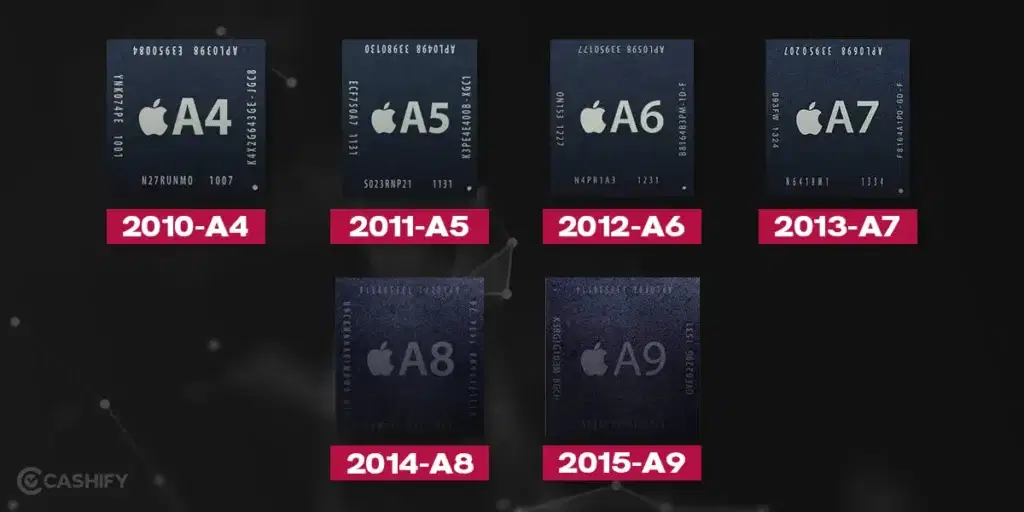
| Year | Processor | Description |
| 2010 | A4 | First chipset designed by Apple. It is based on a Cortex A8 processor. Estimated transistors – 145 million 45nm construction PowerVR GPU SGX5351 CPU core Powers devices – iPhone 4, Apple TV 2, iPad 1, iPod Touch4 |
| 2011 | A5 | It was based on a Cortex A9 chip.Estimated transistors – 200 million. 45 nm construction that later became 32nm Image signal processor1-2 CPU cores PowerVR GPU SGX543MP2A5X powers iPad 3A5 powers iPad 2, iPad Mini, iPhone 4s, Apple TV 3, and iPod Touch 5. |
| 2012 | A6 | The first chip was designed by Apple and is based on the ARMv7 instruction set.32nm constructionPowers iPhone 5/ iPhone 5cVariant A6X that powers iPad 4Two compute coresPowerVR SGX543MP3 GPU |
| 2013 | A7 | 28nm constructionTransistors – 1 billionCPU cores – twoPowerVR G6430 GPUPowers devices – iPhone 5s, iPad Mini 3, iPad Air 1, iPad Mini 2The company launched a brand-new 64-bit processor, M7 motion co-processor, and ARMv8 instruction set. |
| 2014 | A8 | Transistors – 2 billion. 20nm construction CPU cores – two. Powers devices – iPhone 6, Apple TV 4, iPad Mini 4, and iPod Touch 6. Variants – A8X. It powers iPod Air 2 |
| 2015 | A9 | Transistors – two billions. 16nm and 14nm construction CPU cores – 2PowerVR GPU 7XT Powers devices – iPhone 6s, iPad 5, and iPhone SE. Co-processor – M9 motion. Brand-new image processor. The first SoC invented by Apple that supports ARKit |
2016 – 2020
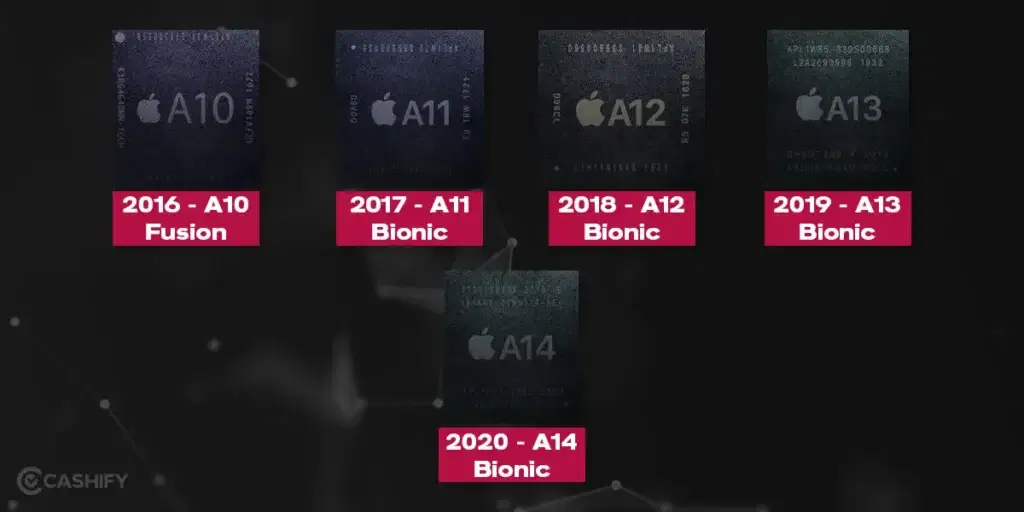
| Year | Processor | Description |
| 2016 | A10 Fusion | Powers devices – iPhone 7 and 7 Plus, iPad 6, iPad 7. The reason why it was called Fusion was that it fused two high-performance cores and two high-efficiency cores. It leads to saving battery life. Variants A10X Fusion that powers iPad Pro 2. Construction – 16nm. Transistors – 3.3 billion Besides, Apple also introduced a new quad-core chip and 64-bit ARM chip. |
| 2017 | A11 Bionic | Powers devices – iPhone 8, iPhone 8 Plus, iPhone X. The chip had two high-performance cores (25% faster than A10)+ four high-efficiency cores (70% faster than A10)Transistors – 4.3 billion. 10nm construction |
| 2018 | A12 Bionic | Powers devices – iPhone 11, iPhone Xs, iPhone 11 Pro, iPad Mini 5, iPad Air 3, Apple TV 4K 2021Transistors – 6.9 billion7nm construction (FinEFT)Cores – Eight neural cores, four GPU cores, and four efficiency cores + 4 GPU cores.Variants – A12X that powers iPad Pro 2018. A12Z that powers iPad Pro 2020 |
| 2019 | A13 Bionic | Powers devices – iPhone SE 2, iPhone 11 Pro, iPhone 11, Apple Studio Display. Transistors – 8.5 billion7nm construction, Cores – Eight neural cores, four GPU cores, and four efficiency cores + 4 GPU cores. |
| 2020 | A14 Bionic | Powers devices – iPad 10, iPhone 12 Pro, iPhone 12, and iPad Air. 45nm construction. Transistors – 11.8 billion. Cores – Sixteen neural cores, four GPU cores, and four efficiency cores + two performance cores. |
Also read: Everything About iPhone 14 Pro – Here’s What You Need To Know
2021 – 2023
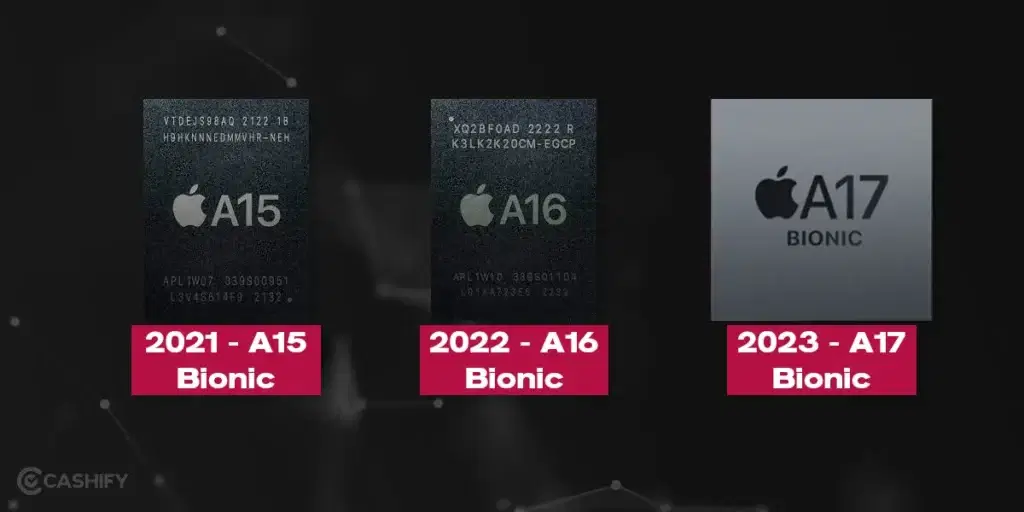
| Year | Processor | Description |
| 2021 | A15 Bionic | Transistors – 15 billion. 5nm construction. Powers devices – iPhone 13 Pro, iPhone 13, Apple TV 4KCores – Sixteen neural cores, four/five GPU cores, and four efficiency cores + two performance cores. |
| 2022 | A16 Bionic | Transistors – 16 billion. 4nm construction. Always on display on iPhone 14 Pro. Powers devices – iPhone 14 Pro. Cores – Sixteen neural cores, five GPU cores, four efficiency cores, and two performance cores |
| 2023 | A17 Bionic | Transistors – 19 billion3nm construction. Powers devices – iPhone 15 Pro. Cores – six-core CPU, six-core GPU, Sixteen-core neural core. Introduced USB 3 control module exclusively for iPhone 15 Pro |
Also read: iPhone 15 Pro Vs iPhone 14: The Most Awaited Battle!
Epilogue
In a nutshell, this is all about the iPhone’s processor journey. We tracked Apple’s processor journey for the iPhone, which is continuously on the bleeding edge.
If you want to learn more about it or have any questions, you can ask in the comment section below. We would love to answer your questions.
Also read: A15 Bionic Vs A16 Bionic – What’s The Difference?
Are you searching for the best place for mobile repair or to sell your old phone? Check Cashify’s online platform for affordable repair services.




